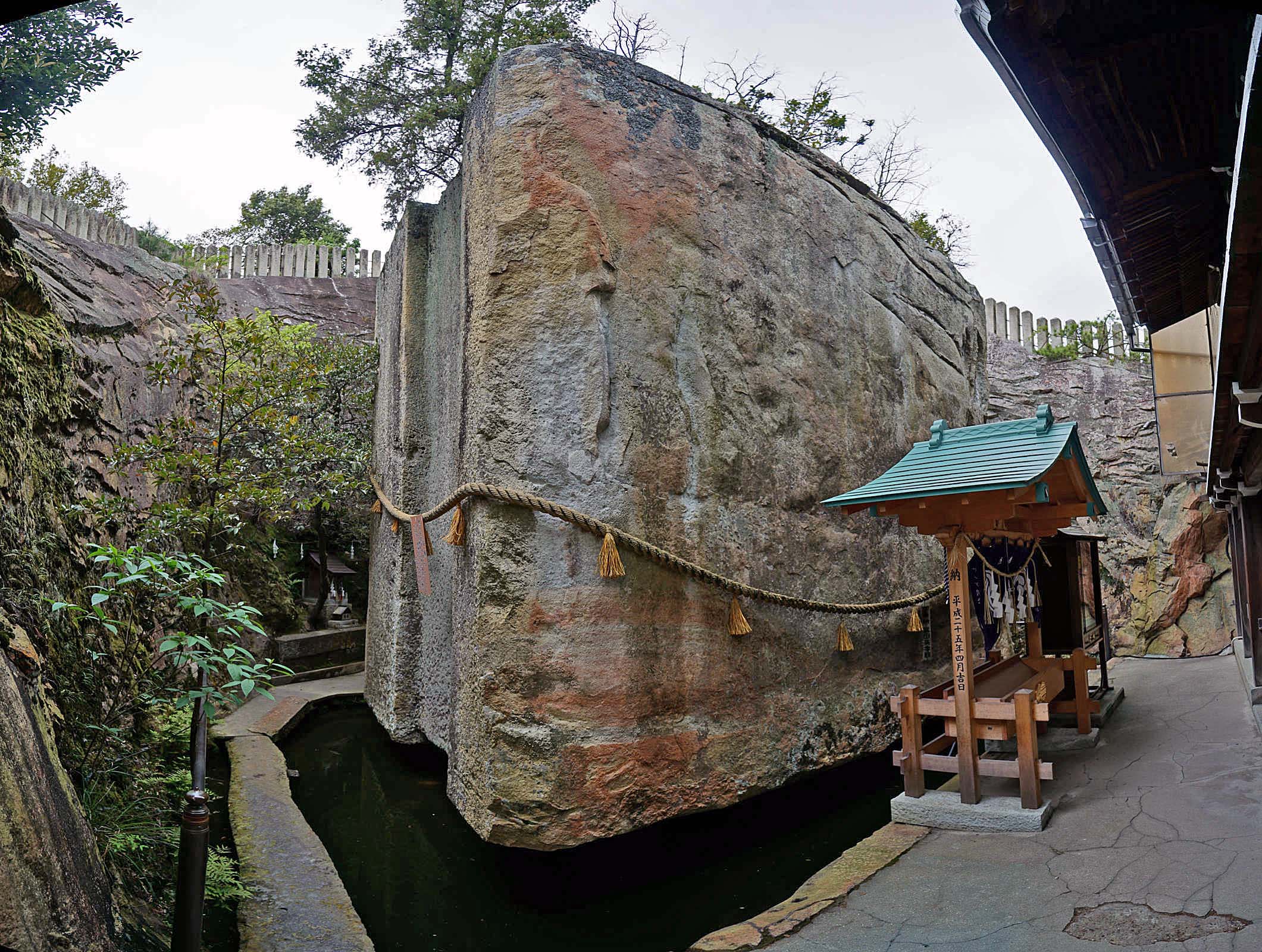Located in Japan is an out-of-place megalith. Called Ishi-no-Hoden, the megalithic rock weighs 500 tons. No one knows how, why, and when it was carved, and it is absent from history.
The ancient world is a fascinating one. Countless megaliths are found on nearly all continents. Massive stones defying explanation quarried transported and raised a ta time when mainstream science tells us this wasn’t possible. Evidence of out-of-place megaliths can be found across the planet, and some of the most incredible ones are located in present-day Turkey. The ruins of Krahan and Göbekli Tepe are evidence that more than 12,000 years ago when mainstream scholars say there were no advanced societies on Earth, such societies did exist.
The Ishi-no-Hoden
But incredible megaliths aren’t just around in present-day Turkey. They can be found in Southe, Central, and North America. They are present in Europe. But they also exist in Asia. And one of the most incredible megalithic out-of-place structures is located in Japan, called the Ishi-no-Hoden. This massive cube-shaped rock has a staggering weight of over 500 tons. Yet, despite numerous studies, its history is shrouded in mystery and continues to defy explanations.
A heavy piece
Such is its size that the Ishi-no-Hoden is eight times heavier than the heaviest stone used in the construction of the Great Pyramid at Giza. It measures around 7. meters in length and 6.5 meters in with. It is positioned at the center of a pond, leaving the viewer an impression as if the megalithic block was floating in mid-air. Located some 100 kilometers from the city of Asuka, the Ishi-noHoden is an ancient treasure. Translated to English, it means Stone Sanctuary.
Ishi-no-Hoden: Shrouded in mystery
Although no explicit documents mention how it was carved or for what purpose, experts believe the megalith was made during the so-called Jomon period. This is, curiously, the oldest known prehistoric period in Japan, and it dates back to between 14,000 and 200 BC. What shrouds the Ishi-no-Hoden further in mystery is that not a single tool or artifact has been found near it. No inscriptions or engravings exist.
The work of gods
Since no ancient texts mention when, how, or why it was carved, we must turn to mythology to learn more about it. And according to myths and legends, the work of the Ishi-no-Hoden is attributed to the work of the deities Ookuninushi and Sukunabikona. These two gods set out to build a castle in a single night. However, their work was interrupted by a third deity who forced them to abandon their work.
Have something to add? Visit Curiosmos on Facebook. Join the discussion in our mobile Telegram group. Also, follow us on Google News.





